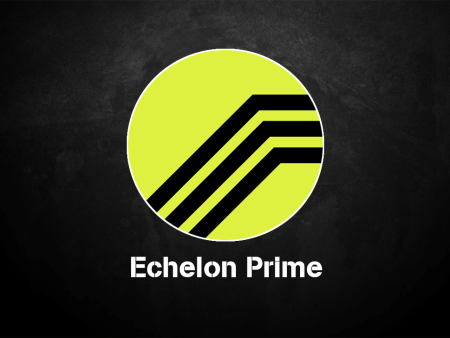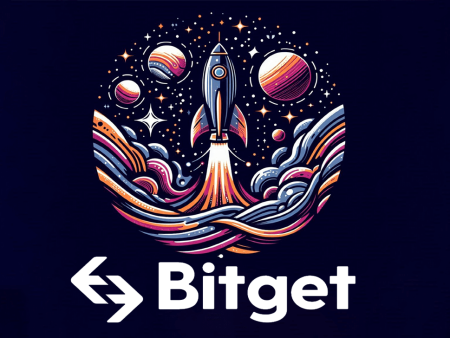Ethereum Classic (ETC) is one of the most well-known cryptocurrencies today. However, not everyone understands it thoroughly, including its history and formation.
In this article, AZCoin will delve into Ethereum Classic (ETC) and all related information!
What is Ethereum Classic (ETC)?
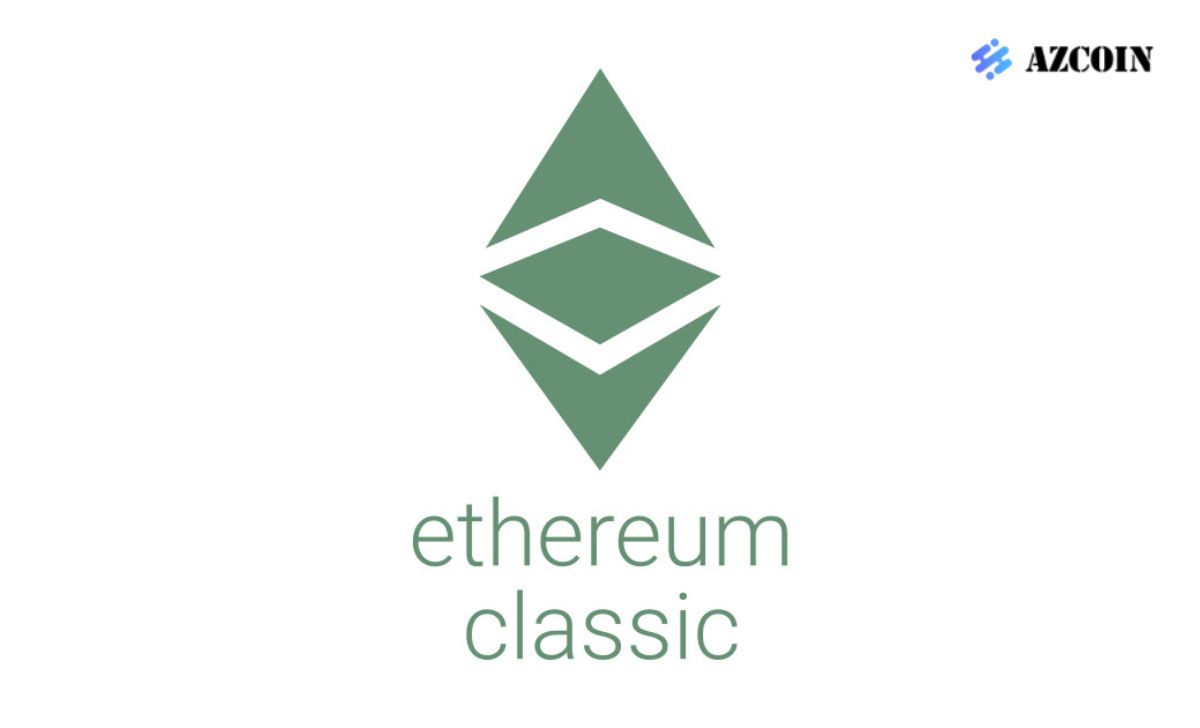
Ethereum Classic (ETC) is a decentralized blockchain, open-source, operating as a platform for decentralized applications (dApps) and smart contracts. It was created from a fork of the original Ethereum blockchain following the debate over the handling of the DAO hack in 2016.
ETC is like an “old” version of Ethereum, lacking the latest improvements and changes found in ETH, but is considered a “loyal” version, preserving the core values of Ethereum.
History of Ethereum Classic
In June 2016, the Ethereum network was attacked by the DAO hack, causing a division within the community. Some supported a hard fork to recover the lost funds, while others advocated for maintaining the original blockchain. This led to the hard fork splitting into two branches: Ethereum (ETH) and Ethereum Classic (ETC).
Ethereum (ETH) underwent a hard fork to reverse the hack, while Ethereum Classic (ETC) retained the original blockchain. As of now, Ethereum Classic has been in existence for over 5 years and is still considered one of the popular blockchains actively operating in the cryptocurrency market.
What is the working mechanism of Ethereum Classic?
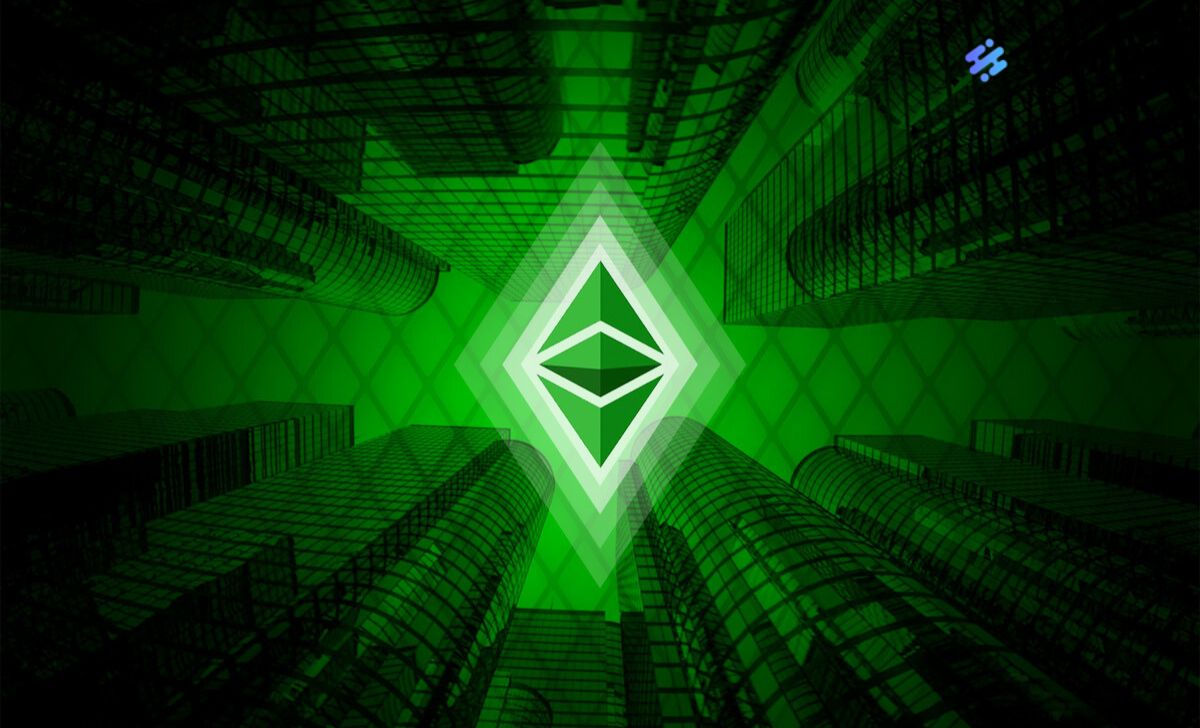
Ethereum Classic utilizes a Proof-of-Work (PoW) consensus mechanism, similar to Bitcoin. This means that transactions on the ETC platform must be verified by miners through computation and solving complex algorithms.
With a PoW consensus mechanism, miners compete to solve new blocks and receive rewards in the form of ETC coins. This not only ensures transparency and security for transactions on the platform but also helps maintain the stability of the blockchain over time.
However, the use of the PoW consensus mechanism also faces challenges such as transaction speed and higher costs compared to blockchains using a Proof-of-Stake (PoS) consensus mechanism.
Compare Ethereum Classic (ETC) and Ethereum (ETH)
Ethereum Classic and Ethereum are both decentralized blockchains and act as platforms for decentralized applications and smart contracts. However, these two branches also have many similarities and differences.
The same point
Both ETC and ETH are built on an open-source blockchain platform, allowing developers to create decentralized applications and smart contracts. They both use the Proof-of-Work consensus mechanism to verify transactions and maintain security and transparency.
Both branches also have continuity with Ethereum, as there was only one hard fork that occurred in 2016. Therefore, wallets and exchanges can accept both ETC and ETH.
Difference point
A significant difference between ETC and ETH is their operating mechanisms. While ETH has transitioned to using the Proof-of-Stake (PoS) consensus mechanism in its latest version (ETH 2.0), ETC still maintains the PoW consensus mechanism.
This has resulted in ETC having slower transaction speeds and higher costs compared to ETH. However, ETC is still considered a “loyal” version and does not undergo transaction history changes like ETH.
Learn details about ETC Token
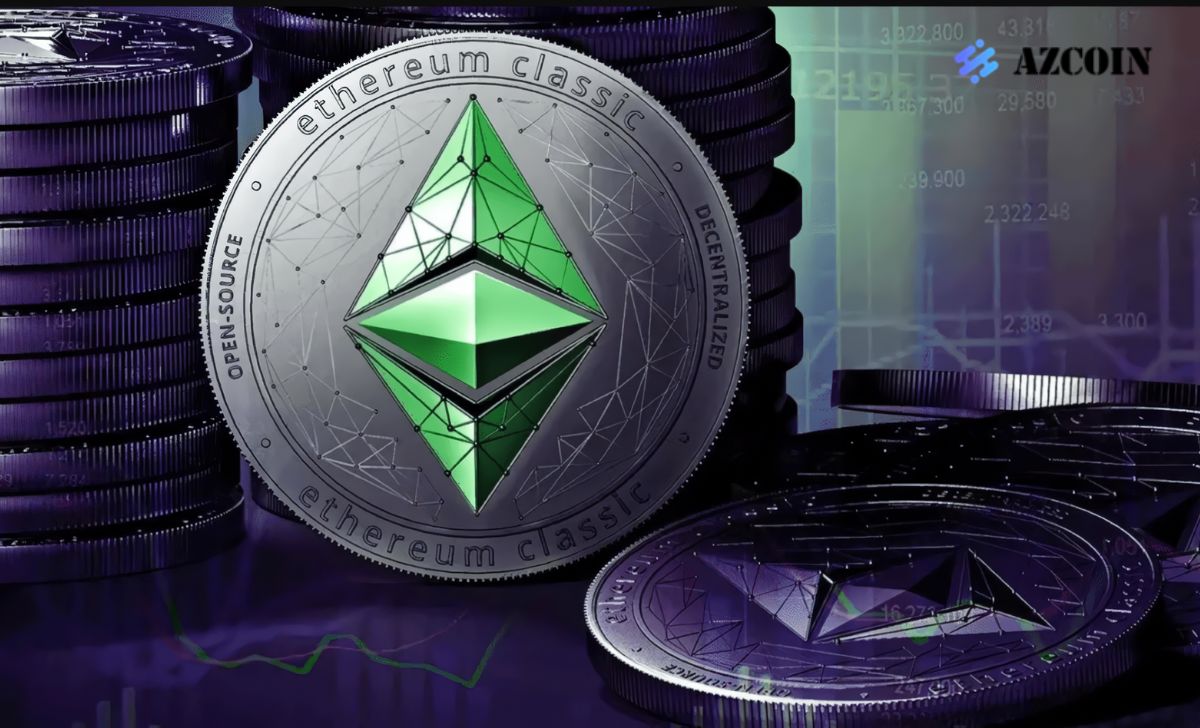
Ethereum Classic also has its own cryptocurrency called ETC Token, which is used to conduct transactions on the ETC platform and is an important part of keeping blockchain running.
Important indicators of ETC Token
- Token Name: Ethereum Classic.
- Ticker: ETC.
- Blockchain: Ethereum Classic
- Token Type: Coin, Mineable.
- Circulating Supply: 133,022,990.
- Total Supply: 210,700,000.
- Max Supply: 210,700,000
- 24 hour Trading Vol (4/02/2022): $305,260,317.
- Market Cap: $4,216,509,683
Purpose of using ETC Token
Below are the uses of ETC Token:
- Gas Fee: Gas Fee on Ethereum Classic (ETC) is paid in ETC Tokens, just like Gas fees on Ethereum.
- Block Reward: ETC coins are also used as rewards for miners, ensuring the security and safety of the ETC network.
ETC Token trading platform
Currently, ETC Token can be traded on many of the world’s top best crypto exchanges, such as Binance, Coinbase, Kraken, Huobi, OKEx, and many others. However, before trading, users need to have a wallet to store ETC Token.
ETC Token storage wallet

As mentioned, to trade ETC Token, users need a compatible storage wallet. Currently, there are many types of cryptocurrency wallets that support storing ETC, such as Ledger Nano S, Trezor, Trust Wallet, MyEtherWallet, and many others.
The future of Ethereum Classic
Although it has been in existence for over 5 years and is considered one of the popular blockchains in the cryptocurrency market, Ethereum Classic still faces many challenges in the future.
The main issue for Ethereum Classic currently is improving transaction speed and reducing costs for users. Providing solutions to address this issue will determine the success of ETC in the future.
Additionally, competing with new and improved blockchains like Ethereum, Cardano or Polkadot is also a significant challenge for Ethereum Classic. However, thanks to its sustainability and loyalty to the core values of Ethereum, ETC can still maintain its position in the cryptocurrency market.
The end
Through this article, AZcoin has introduced you to detailed information about Ethereum Classic (ETC). We hope you now have a comprehensive overview of this cryptocurrency. Understanding ETC will help investors and users make informed decisions about investing in and using this currency effectively and safely.

I am Louis Dang, living in Ottawa, Canada. I am currently working as a trader for AZCoin company, with 7 years of experience in the cryptocurrency market, I hope to bring you useful information and knowledge about virtual currency investment.

